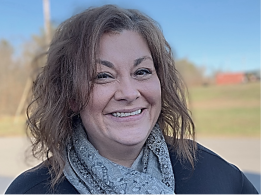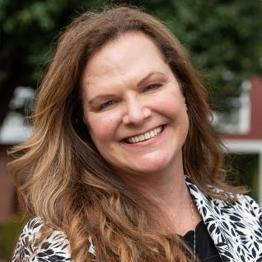
The OHIO Alliance for Population Health is a collective of experts that collaborate to progress the health of all people in Ohio.
“Population health” considers holistic factors like behavior, genetics, and environment to analyze and improve health outcomes, patterns, and policies. This approach emphasizes the health of the entire population, which often leads to particular focus on marginalized segments and equalizing the distribution of positive health.
The Alliance includes administrators, health care professionals, researchers, and policy experts from over 40 universities, associations, and health care providers in the area.
Contact Us
For additional information, please email healthalliance@ohio.edu .
Meet the Alliance Staff
Mission
To promote and improve the health and well-being of all Ohioans, especially underserved individuals and populations. To fulfill this mission, we foster innovation and collaboration among public health, government, education, health systems, and service organizations.

There is a relationship between the mission, vision, values, and four major categories of activities of the OHIO Alliance for Population Health. Those four categories are stakeholder engagement, community impact, financial stability and research and information sharing. These four major categories are embedded in the Alliance’s vision and values and each of the four major categories are directly linked to the mission.
Values
- Collaboration among internal and external partners; providing expertise and access to networking opportunities, open communication
- Diversity and inclusion; initiatives in aging, behavioral health, underserved communities
- Purposeful discovery; grant development, workforce development, continuing education
- Scholarship; research, publications, professional presentations, student development, life-long learning
- Excellence; development of best practices and evidence-based programs; experiential learning
- Real-world experience; active and effective problem solving, critical thinking, innovation, being adept at change
Strategies
- Promote the Alliance as a resource for scholarly activity and life-long learning that is valued by faculty students, and the community.
- Research
- Curriculum development (academic and non-academic)
- Promoting student and faculty participation in community activities
- Be proactive and prepared to respond to public health and wellness needs of the University, the region, and the State.
- Workforce development
- Health data analytics
- Reimagining and repurposing existing programs and interventions
- Cultivate internal and external partnerships to build capacity for diverse and underserved communities.
- Grants
- Coalition development and participation
- Enhance and promote available resources
- Create a learning infrastructure that addresses workforce and continuing education needs as well as student engagement in public and population health management.
- Curriculum development (academic and non-academic)
- Conferences, webinars, face-to-face and online continuing education
- Customized programs
- Provide real-world experience and expertise to public health, government, education, health systems, and service organizations to address and improve the health disparities of Ohio's population.
- Evidence-based practice
- Best practices- behavioral health, aging, care coordination
- Translation (academic to real-world application)
- Consulting services
- Champion projects and programs that align with Ohio University, the College of Health Sciences and Professions, and Alliance missions, visions and strategies.
- Team approved initiatives such as:
- Community Health Assessments
- Age Friendly Communities
- Academic Health Departments
- Workforce Development
- Team approved initiatives such as:
Model

Our model is a partnership between the organizations invested in population health issues including policy makers, health systems, social services, associations, business and industry, community, government, and education. Through service provision, research, product development, and education, the Alliance builds capacity and supports population health organizations and initiatives by facilitating solutions such as navigation, care delivery, public health, data and informatics, service integration, cost/payment, workforce development and policy development.




